Vietnam Booby Traps: Barbaric yet Ingenious
Vietnam was a horribly bloody conflict filled with despair, immorality, so-called “justice”, and paranoia. Many young men who were drafted from ‘55 to ‘75 experienced some of the worst combat imaginable. Long, enduring battles with enemy snipers, periods of peace with sudden, catastrophic ambushes, and constant fear of being decimated by booby traps. The Vietnamese lived different lives than the ones we are so comfortable with during this day and age. The cultural differences made the living situations incomparable, with the Vietnamese often living underground and resided within straw huts in tightly collected villages. To many Americans, this change of “normality” was very jarring, even the environment. Deep in the jungle, young soldiers couldn’t stand the heat, humidity, and claustrophobic conditions. These conditions only added to the crippling anxiety of fighting in Vietnam for an inarguable, immoral reason.
One of the most fascinating parts of the Vietnamese combat strategy were the booby traps. Land mines and snipers were incredibly common, with one veteran recounting his experience of having his troop assaulted every single day by these threats, with 75 incidents a month for years, half of them resulting in death.
While these “traps” can easily be visualized with modern contexts, other traps not so much. A lot of the Vietnamese people that were trying to keep their villages and surrounding areas free from American soldiers did not have much. They grew their own food, they lived in harmony, and they had to defend themselves with little resources. If any of you reading have seen any movie about Vietnam, you will surely recognize this terrifying booby trap (taken from wearethemighty.com):
Punji sticks were often bamboo sticks sharpened on both ends and stuck into the bottom of a dug-out pit covered with a thin sheath disguised as leaves or foliage. The goal was to cover the pit well enough to fool an American soldier to step on the veil and fall into the pit, impaling themselves on innumerable spears that were sometimes covered in poison, vomit, or feces, as to cause infection to the wounded.
This one may be recognizable as well, if you have seen the original Rambo or Apocalypse Now:
Bamboo whips. The contraption here is very well thought-out, with sharpened spikes at the end of a long bamboo pole that would be pulled back in an arc, with the catch attached to a tripwire. When some unlucky soldier would activate the tripwire, the pole would release and swing back, impaling him with up to a whole foot-long spike(s). These tripwires were nearly invisible, especially in the deep jungle, putting soldiers and potential victims on edge anytime they stepped foot in the brush.
Snake pits. They are exactly what they sound like. Incredibly similar to a punji stick pit, but with Bamboo Pit Vipers instead of sharpened sticks. These specific snakes were nicknamed “three-step snakes” because, if bitten, you could only get three more steps in before you succumb to their venom. The Vietcong would also tie them to bamboo sticks and hide them in their complex tunnel systems, often attached to traps and tripwires, just for good measure.
When Americans would clear out Vietcong-occupied villages, they would often replace their flags with their own stars and stripes, and the Vietcong caught on to this fact pretty quickly. In villages that they knew would be taken by the Americans, they would plant a bomb at the base of their flags that would activate when the flag was pulled out the ground. When the Americans would attempt to replace their flag in a “liberated” village, their hands, feet, and legs would easily be blown off by the blast.
Imagine walking through the jungle with an M-16, on edge, paranoid, and anxious because you keep hearing about these horrible traps that the enemy keeps setting up everywhere. You trip a little bit because of some wire suspended a little above the ground and, out of nowhere, a huge sphere covered in massive, sharpened spikes comes hurling on a pendulum straight towards you out of the sky. That nightmarish booby trap just so happens to be the Mace, a trap aimed to take out many troops at the same time. It would be suspended in air by a rope with the catch being a tripwire on the ground, much like the bamboo whip.

One of the final traps that serves to be more frightening than catastrophic would be the cartridge trap, a bullet buried beneath a thin, camouflage veil that would activate when stepped on. The bullet would be pointed up so, when activated, it would shoot right through the victims foot and leave them semi-handicapped.
Overall, the Vietcong were put up against one of the world’s greatest superpowers at the time yet still fought them off with barbaric yet ingenious combat tactics that kept enemy soldiers at bay. The level of intricacy mixed with the plethora of traps created and set up produced an environment for the Americans of pure horror and anxiety. While these traps once sparked fear, they now induce interest and intrigue into just how effective they were, and just how intimidating they must have been.

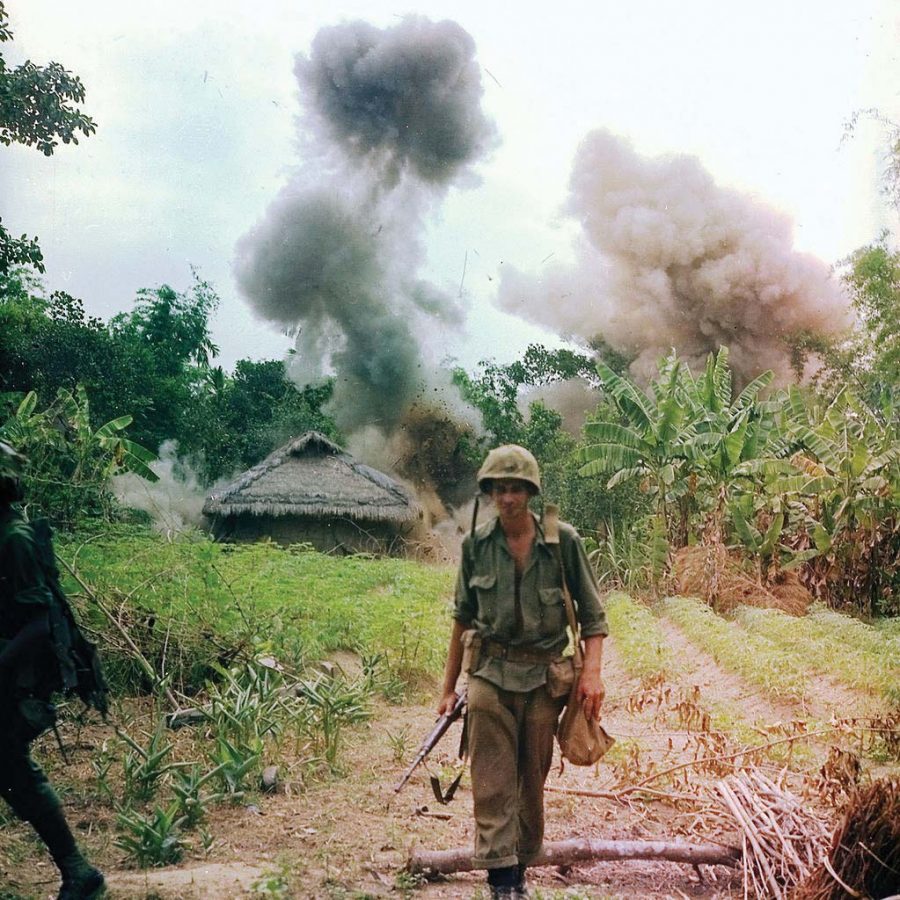
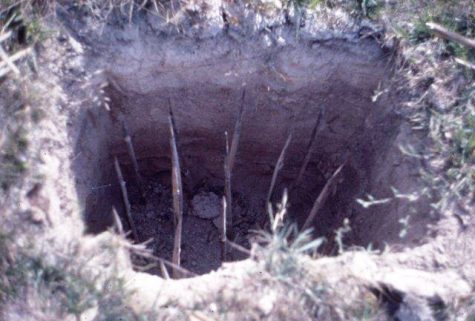
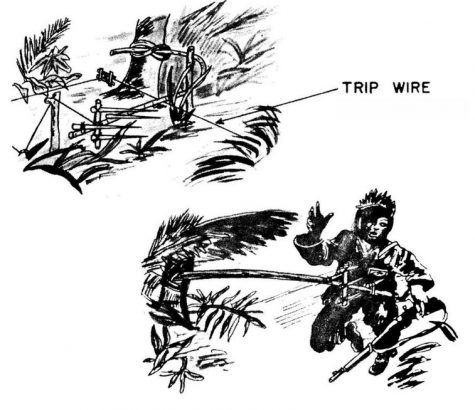
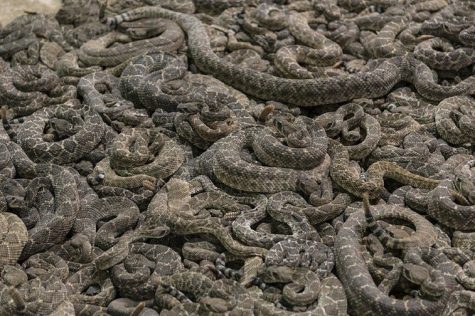
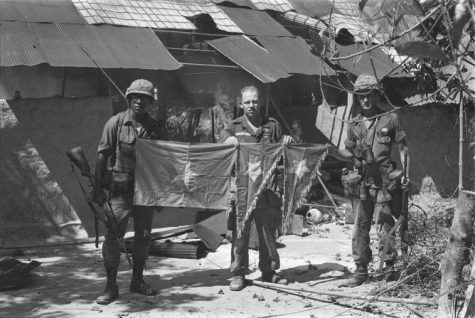


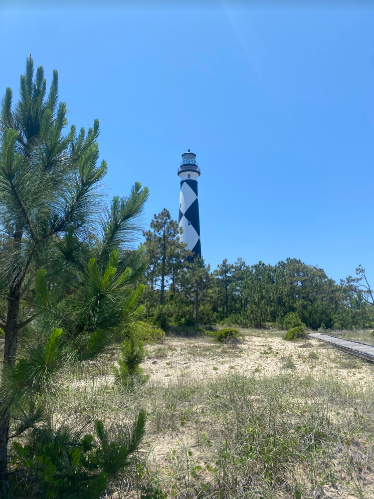

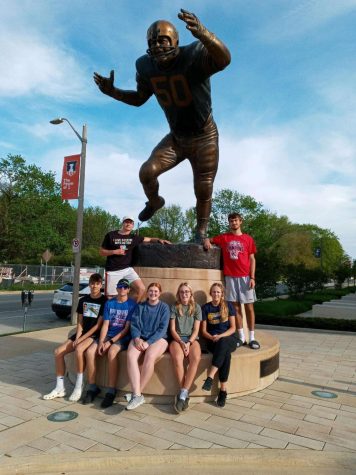
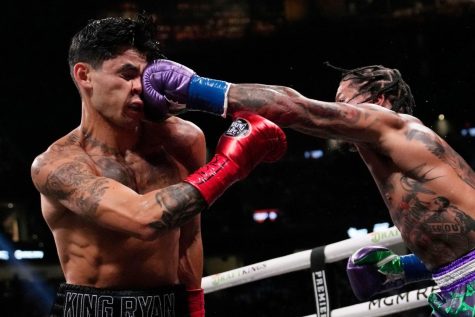




Rochelle Pense • Apr 14, 2021 at 2:27 pm
Great article Preston! I liked how you described each trap as well as the addition of pictures. I also liked how you described how the Vietnamese as well as how bad the anxiety could be for the solider’s. This is something you don’t necessarily read in a history text book. Very informative! Keep up the fantastic work!
Jack Salyers • Apr 14, 2021 at 10:13 am
Great article Preston. Currently, we have been studying Vietnam in AP US History and this was a great read to learn even more about this controversial war. Keep up the writing and learning about History!
Olivia Packard • Apr 14, 2021 at 9:50 am
Great article Preston! I really have not paid much attention to this topic, but I think that it is fun to read articles over topics I do not know much about. Great job and keep it up!
Faith Abbott • Apr 12, 2021 at 9:21 pm
It was really interesting to hear about combat styles that are “out of the norm” yet extremely intelligent. Personally I find it facinating that the Vietcong had so many different styles of traps and defense that appear rather basic at surface level. I really liked reading about this. Great job 🙂